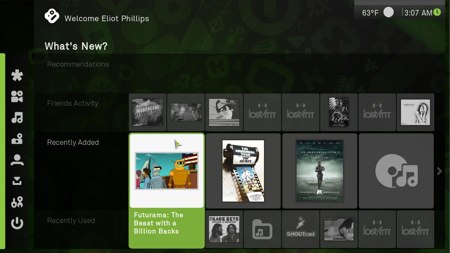
In 2006, Defcon 14 premiered a unique electronic badge. All it did was blink, but it raised the bar for what was expected from a hacker conference badge. In 2007, they went from 2 LEDs to 95 in a scrolling marquee. Along with a POV mode, the badge had two capacitive switches to let the user edit the displayed text. Defcon 16’s badge featured an IR transmitter and receiver for transferring files from an SD card. It worked as a TV-B-Gone and had pads to access a USB bootloader. That was the same year that The Last Hope debuted their RFID tracking badges.
This year the official Defcon badge reacted to sound, but they were no longer the only game in town. Ninja Networks brought their 10 character party badges with a built in debugger. The Arduino compatible HackTheBadge 1.0 also made an appearance. With these new entrants into the field, we wondered what you’d want to see in your ideal badge. What badge would you want to see at next year’s Defcon? Leave you comments below and keep in mind that it should be an idea that is easy to cheaply mass produce.
UPDATED: Forgot to mention the Neighborcon 2 badge based on the GoodFET20.
[Photo: Ninja Networks]

















